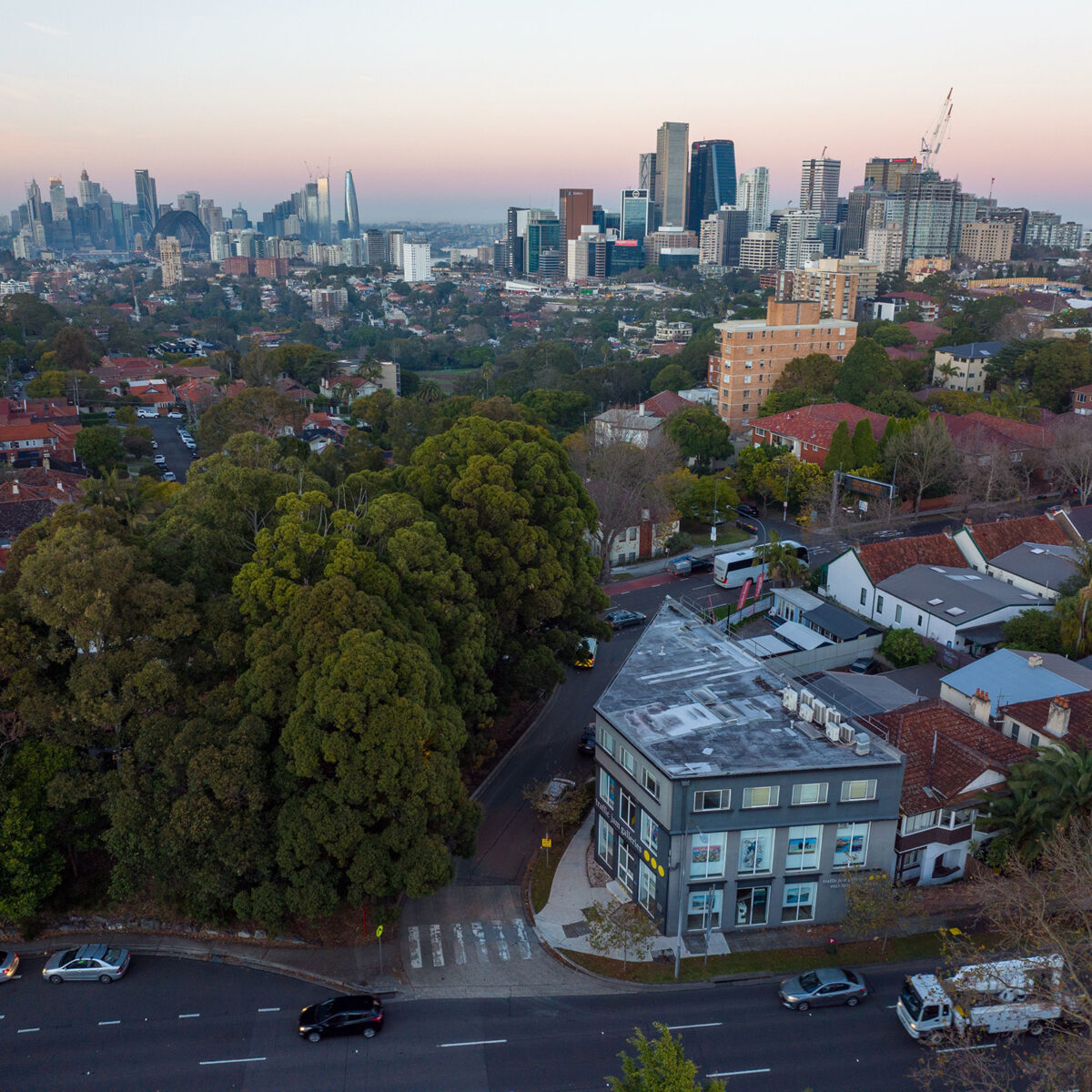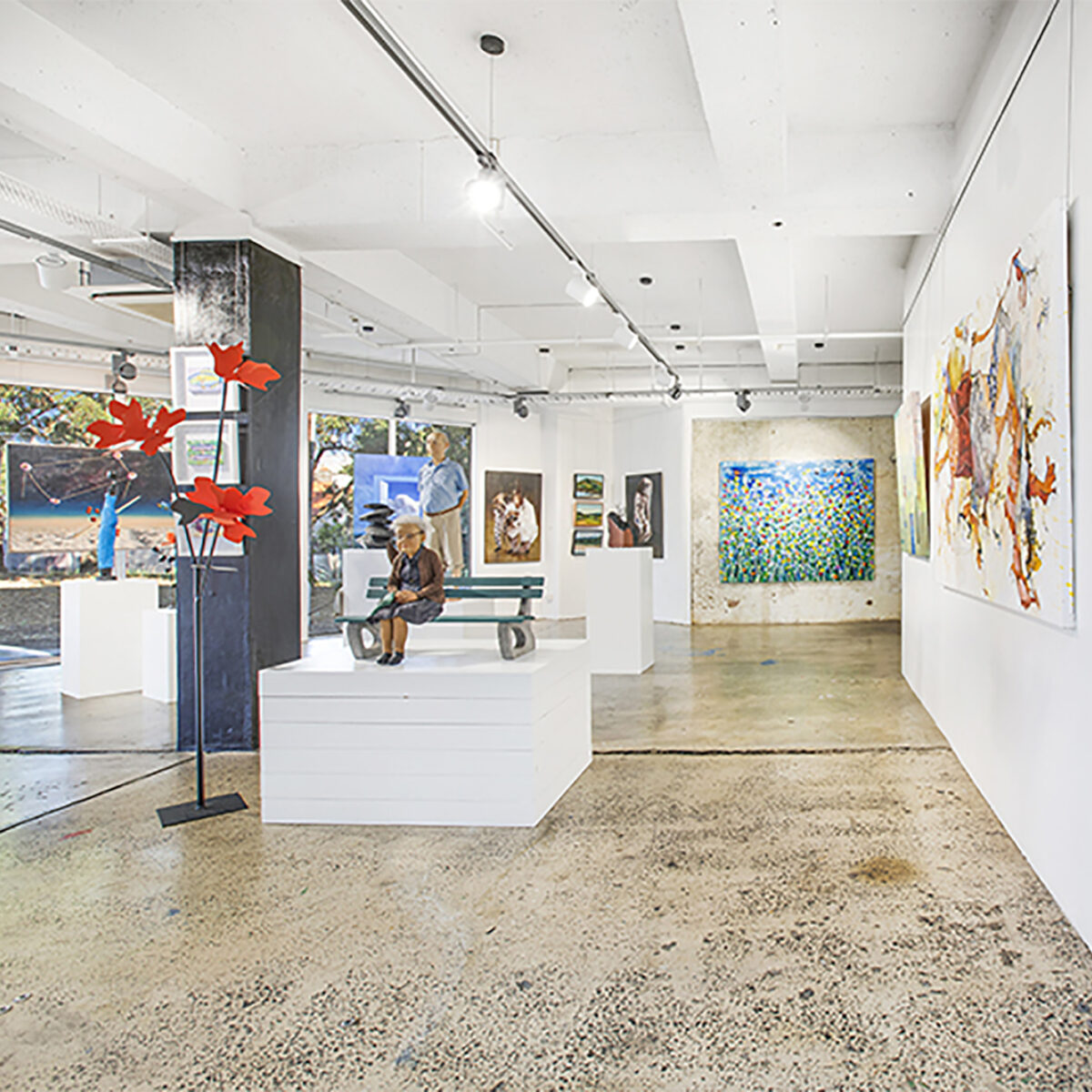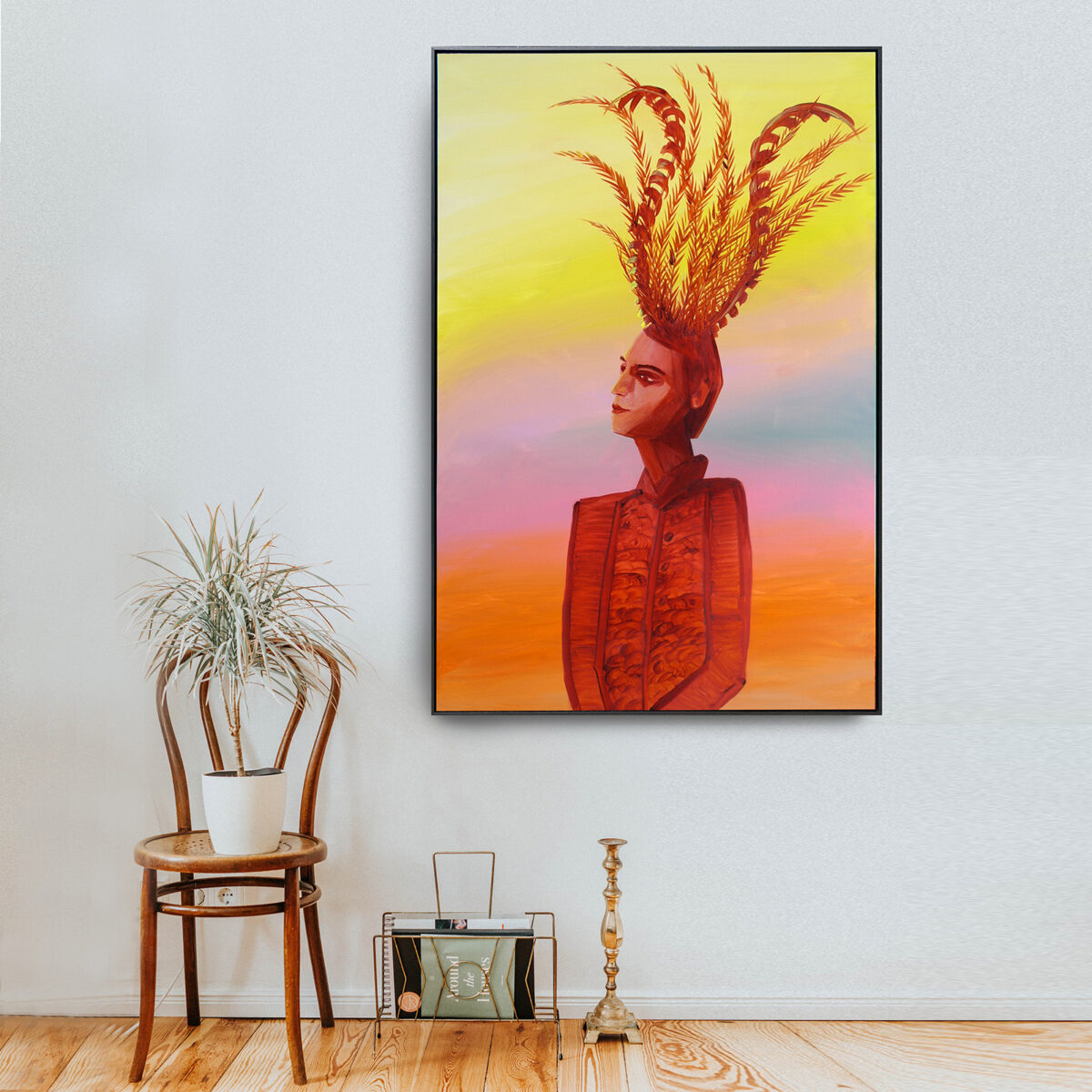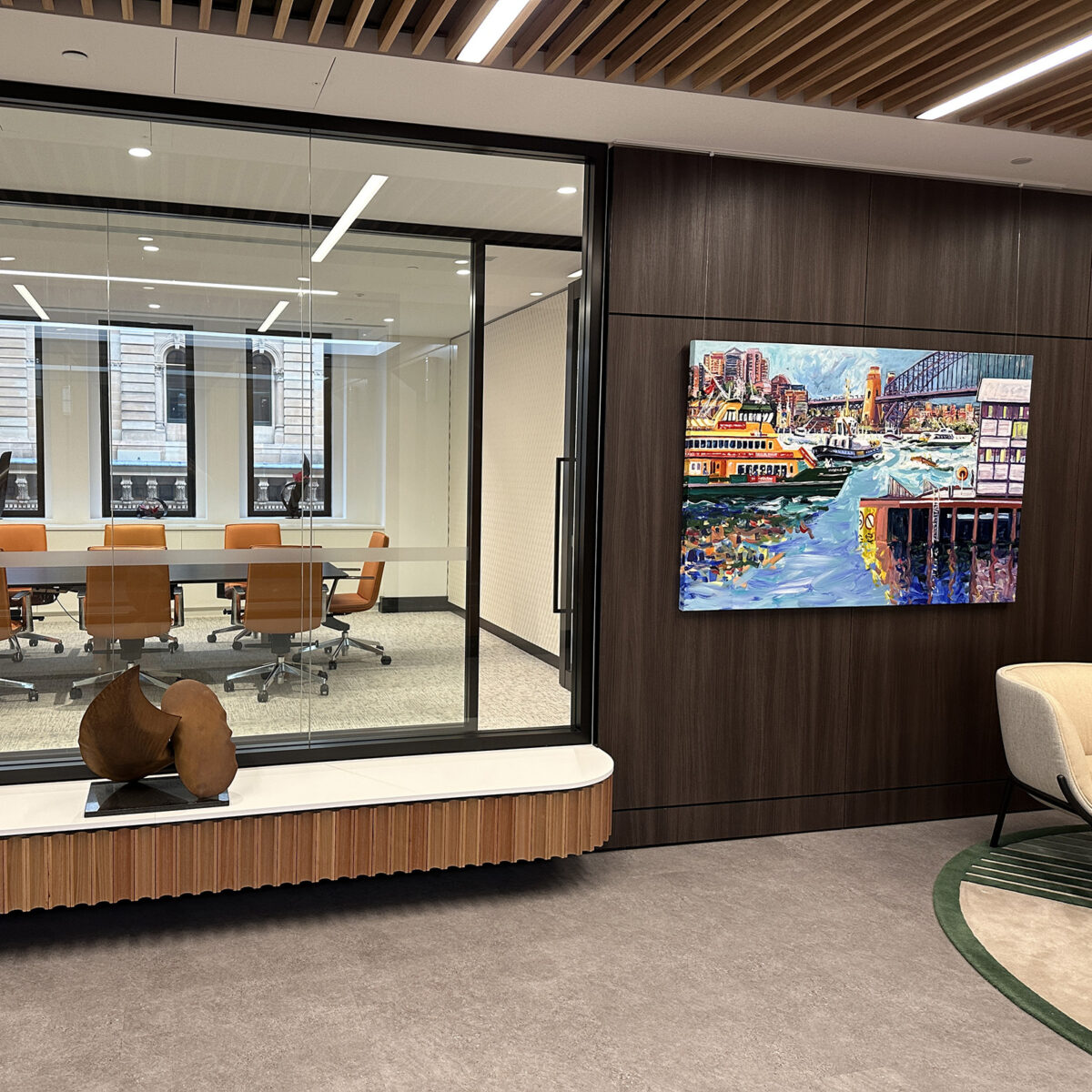We are an award-winning contemporary gallery that showcases both emerging and established artists.
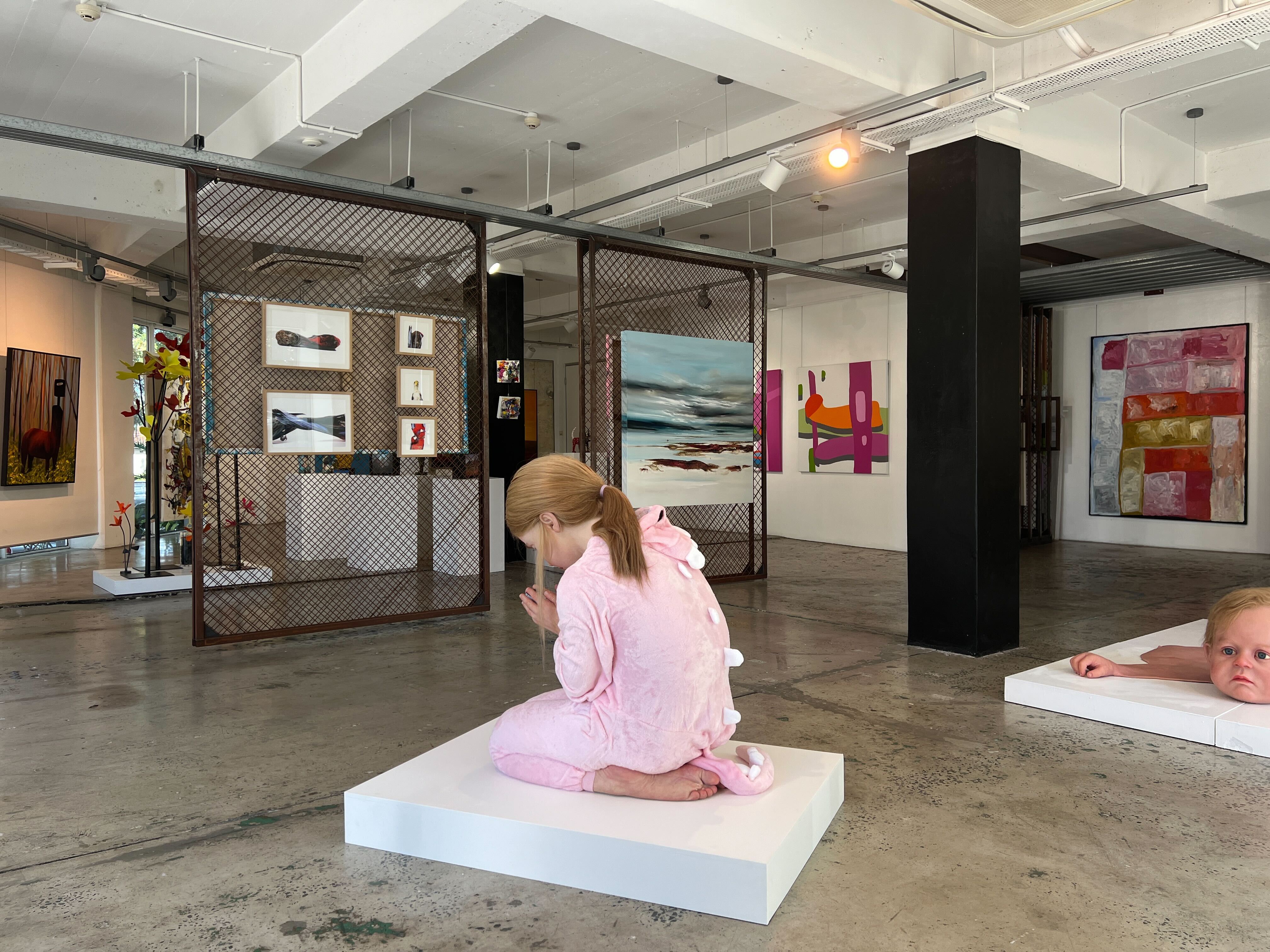
Welcome to
Traffic Jam
An innovative and progressive contemporary art gallery in Sydney. Presenting solo, thematic and mixed exhibitions concentrating on contemporary art from a diverse group of Australian and International emerging and established artists.
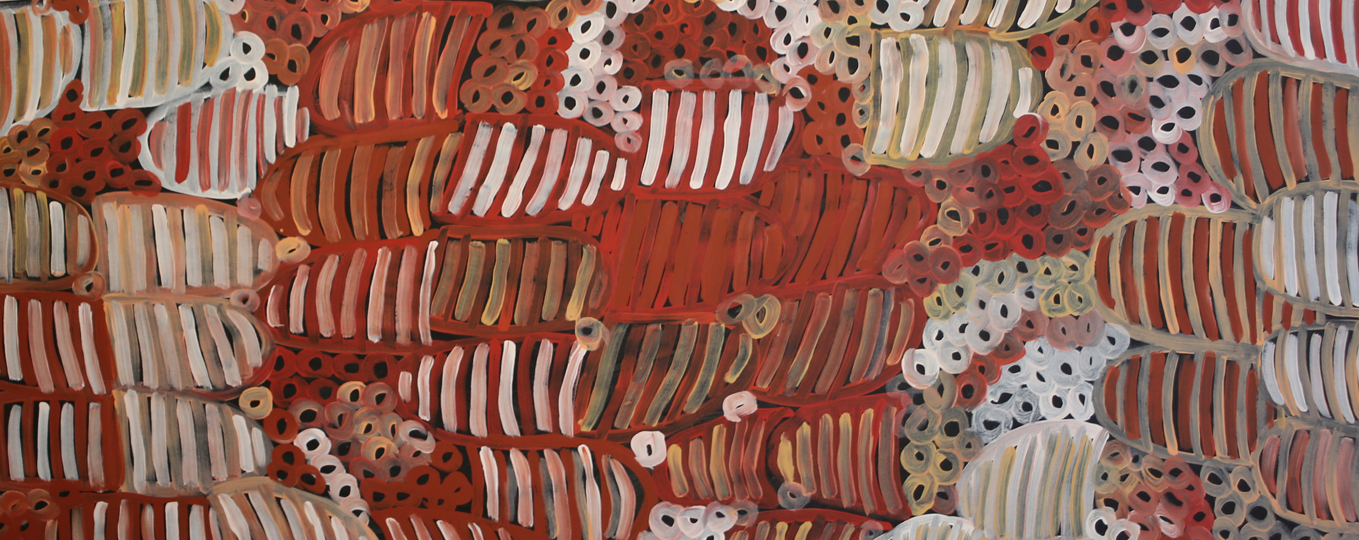
RESALE
Featuring works from notable artists such as Norman Lindsay, Charles Blackman, and Sidney Nolan.
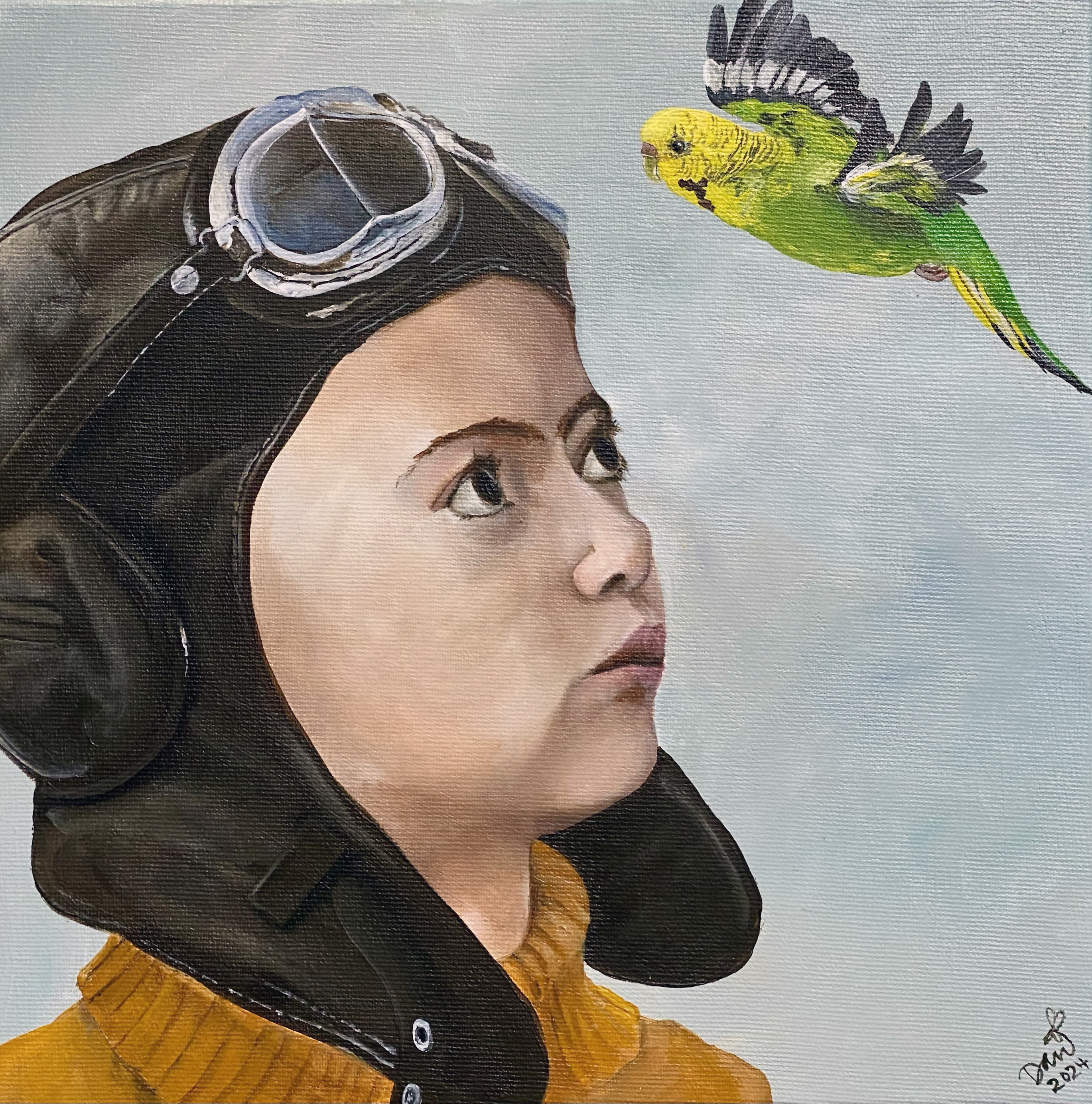
Danielle mcmanus
'From The Heart' Exhibition, showcasing in June 2024
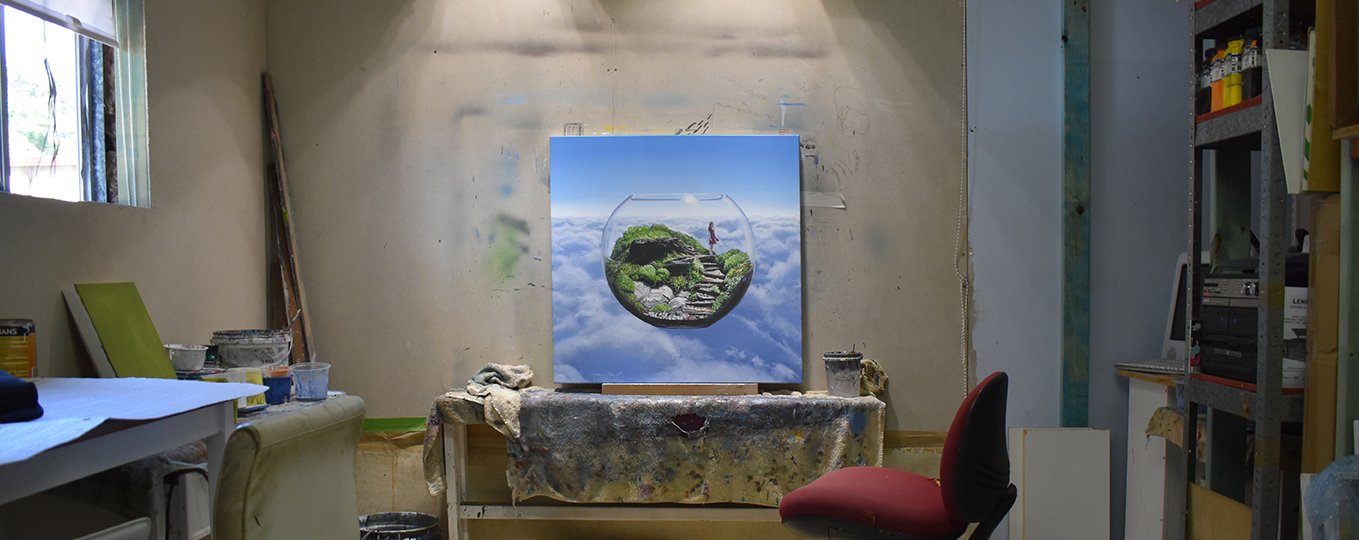
Andrew Bennett
A Solo Exhibition, showcasing in November 2024
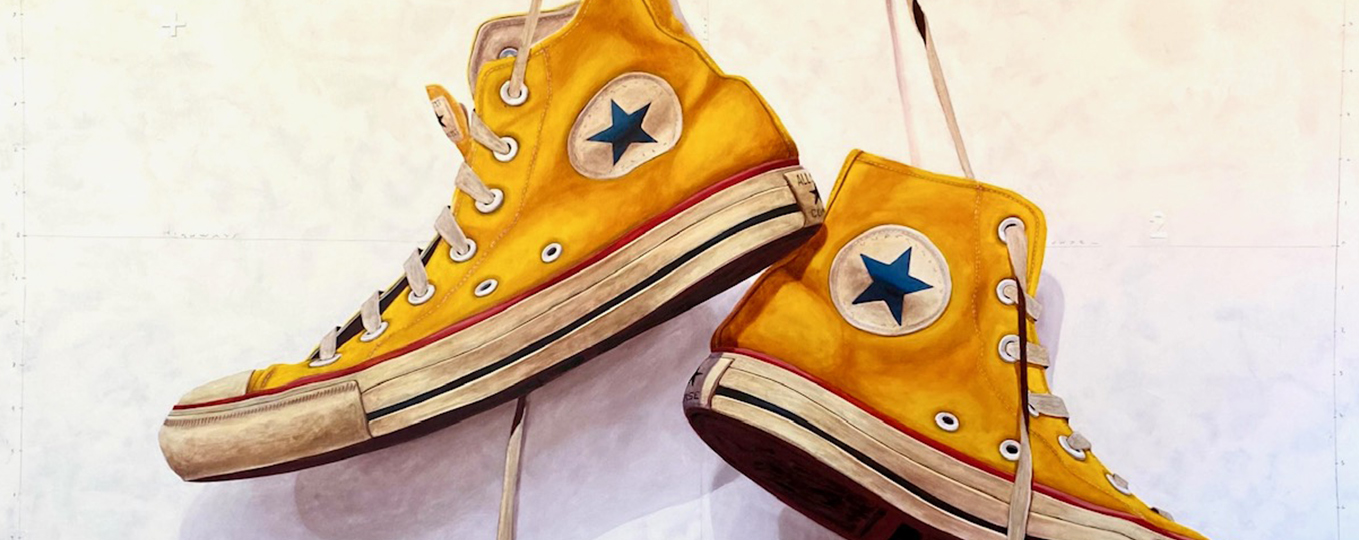
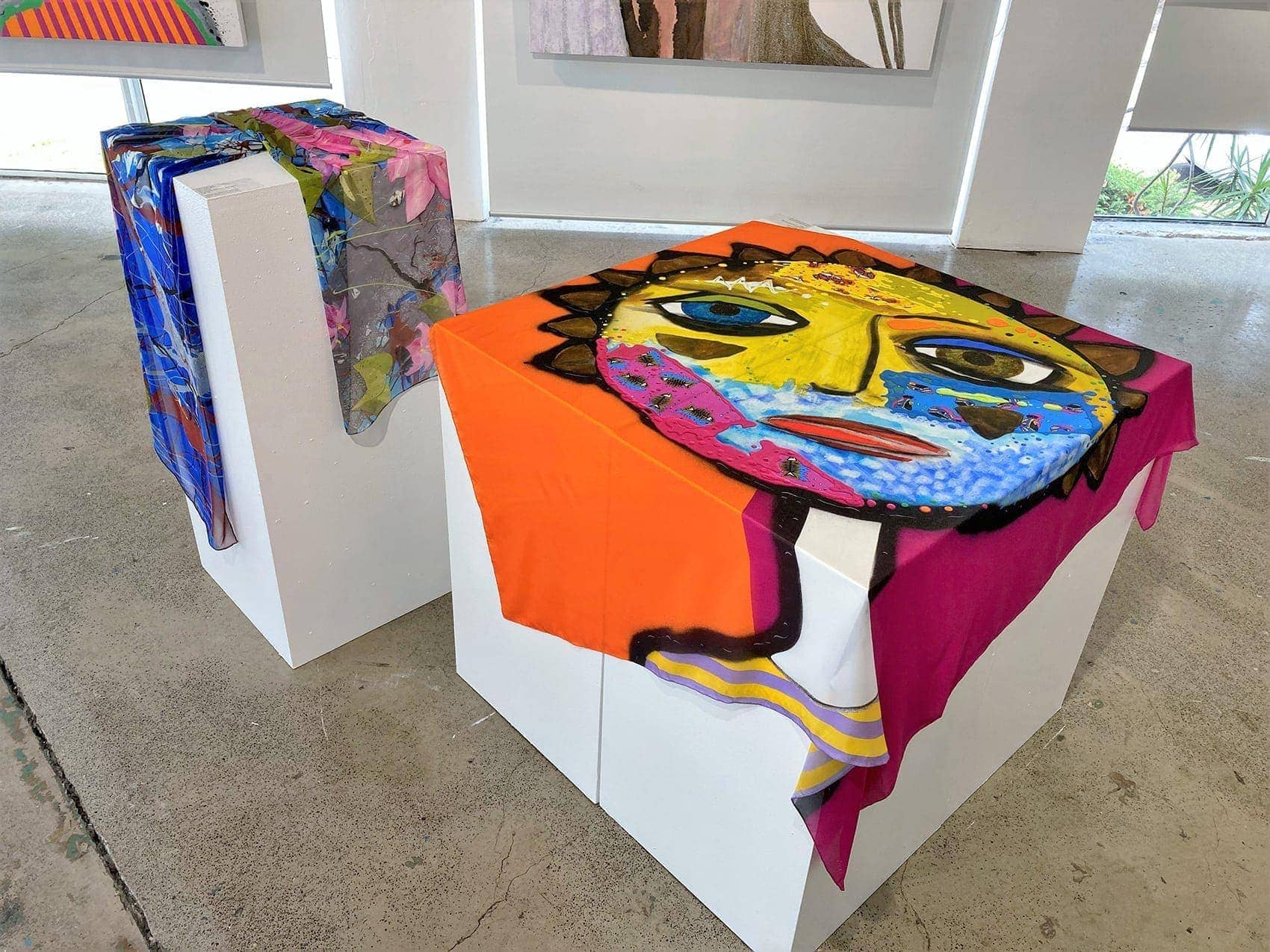
NOW STOCKING
BEC PIERCE DESIGNS
Rebecca Pierce since 1981 has worked as a designer going on to develop the fashion, accessories and homewares brand Bec Pierce Australia. Fine Art followed in 2001 and Rebecca continues to create across the mediums of painting, mixed media, photography, sculpture and design.
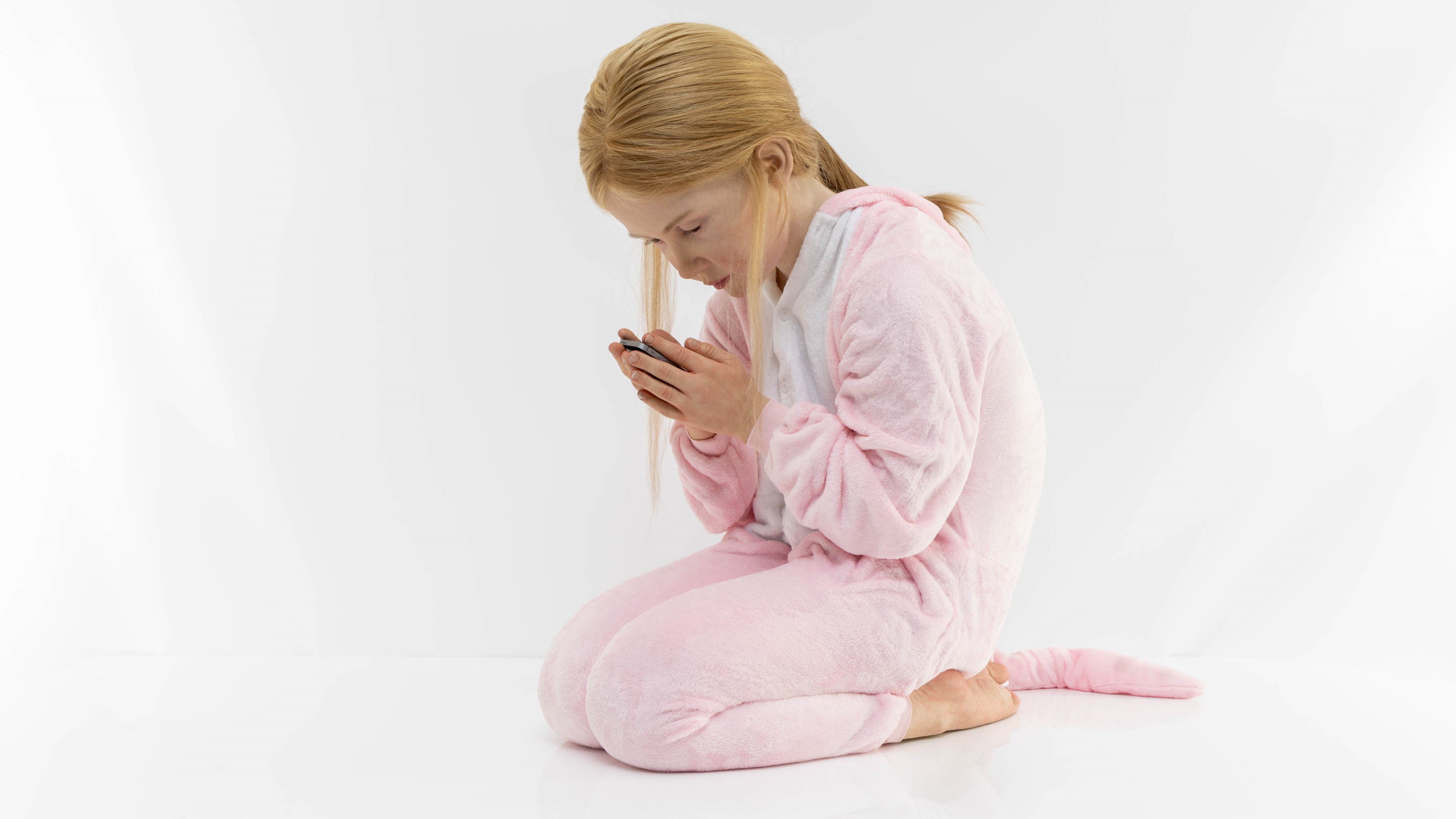
SCULPTURES BY
PAUL TREFRY
Paul is revered as a distinguished and internationally recognised self-taught hyper realistic artist whose practice encompasses three dimensional works.
